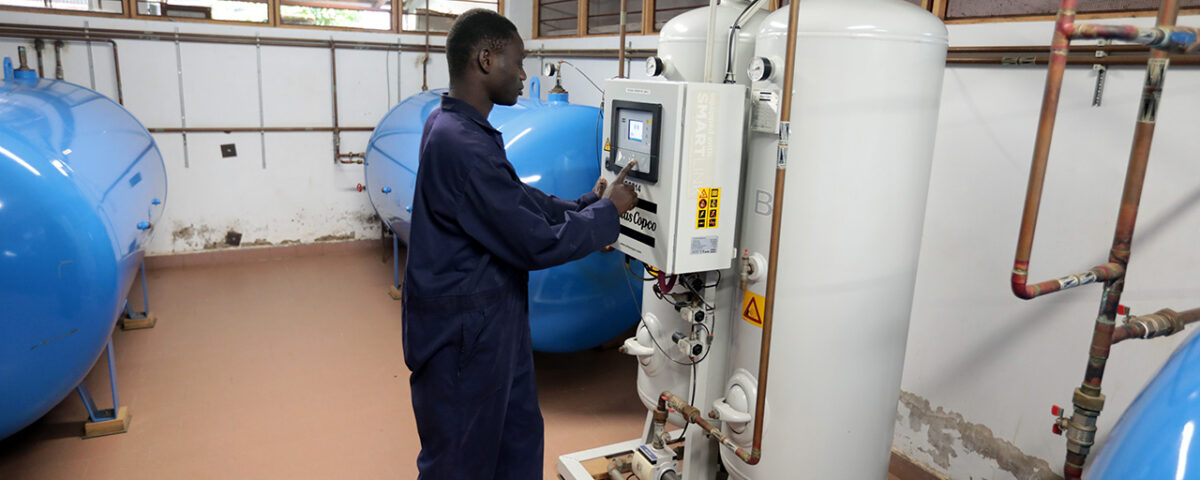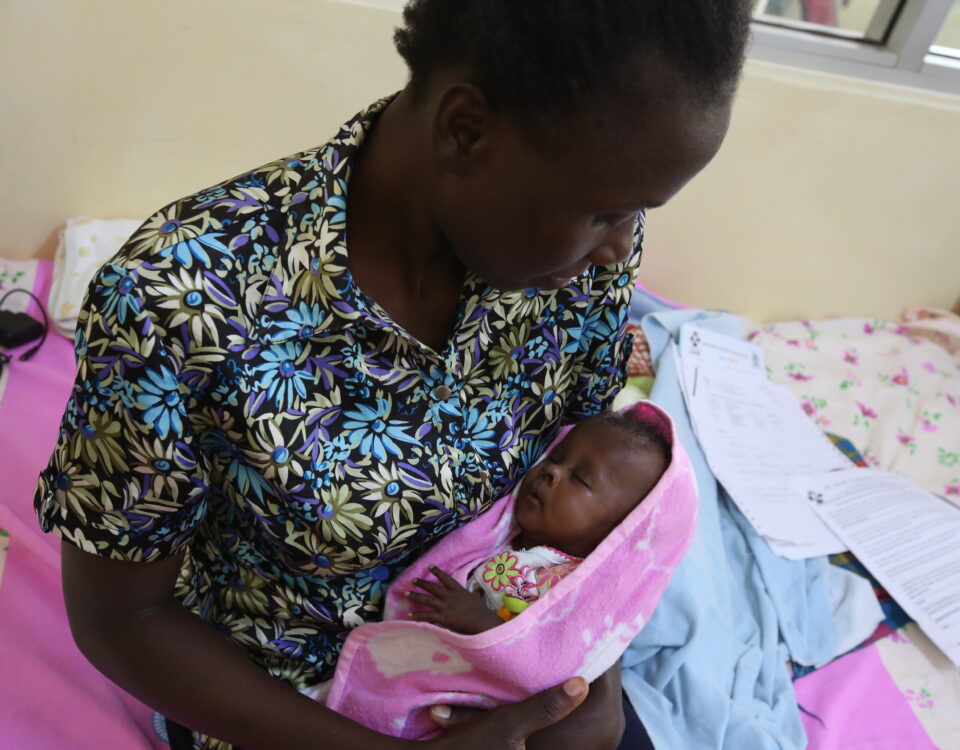In the annals of medical history, oxygen therapy attests to human ingenuity and resilience, a hope that has evolved through the ages.
The humble beginnings of oxygen therapy took root in the Pneumatic Institute of Bristol in the 20th century, after visionaries like Carl Wilhelm Scheele and Joseph Priestley danced with the elements, unearthing the secrets of “fire air”—what we now call oxygen. Thomas Beddoes, the father of respiratory therapy, harnessed the power of oxygen to combat ailments like asthma and heart failure.
Around the same time, the establishment of our hospital- Lacor Hospital shook hands with the beautiful coincidence of oxygen therapy advent. These were like two rivers converging, each bringing strength and vitality to healthcare management. Lacor Hospital, with its dedicated staff and expanding facilities, became a lifeline for the people of Northern Uganda.
Today, we recount and revisit the once-humble and little beginning of the past in providing quality, affordable, and sustainable health care to the needy through oxygen therapy and how it has catapulted over the years.
“Oxygen therapy is a medical treatment that provides extra oxygen to people who have difficulty breathing or low levels of oxygen in their blood,” says Dr. Obalim Philip, a medical officer in the children’s ward with special responsibility in the Neonatal ICU.
In the unpredictable abode of the ICU, where life’s battles are fought with every breath, oxygen stands as the silent guardian. This is where we met Aciro Rosalba, the In-charge of the Intensive Care Unit; she has worked in the hospital for twenty-eight years and fourteen of those years were spent in the ICU.
In the past, refilling and transportation of oxygen tanks from Kampala, a distance of about 330 KM from Gulu, proved to be both time-consuming and costly. These logistical hurdles led to delays and increased expenses, impacting the hospital’s ability to provide timely and efficient care.
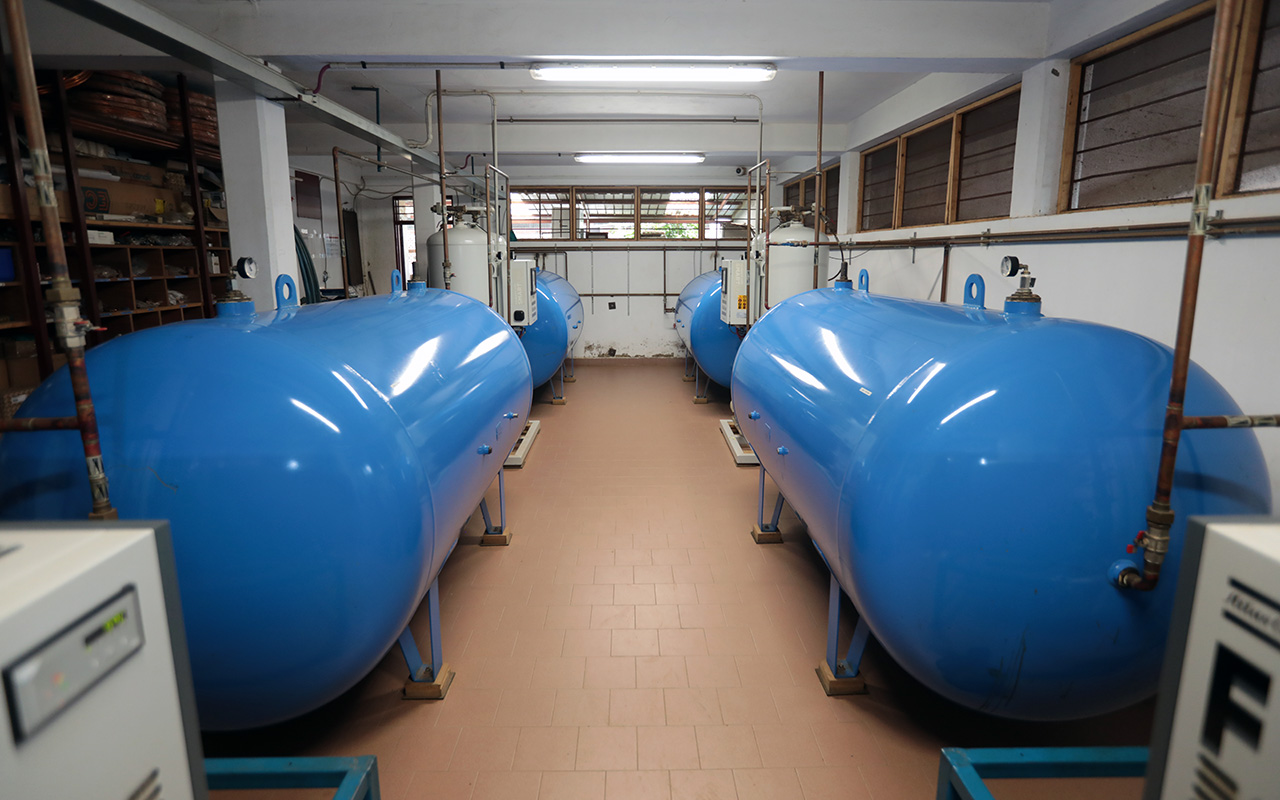 However, with the help of founding partners, the hospital established its own oxygen plant, a development that marks a significant breakthrough in its operations.
However, with the help of founding partners, the hospital established its own oxygen plant, a development that marks a significant breakthrough in its operations.
The hospital can now supply oxygen to all its wards without the previous delays associated with transportation. Patients in critical need of oxygen can receive it promptly, improving their chances of recovery and overall health outcomes.
According to Dr. Obalim, the most common conditions that require oxygen therapy are congenital heart disease and respiratory distress syndrome. “Congenital heart disease is when the heart has structural issues and cannot make the baby get enough oxygenated blood circulation to the whole body. These require supplemental oxygen to help their bodies get the oxygen they need,” Obalim explained.
He furthermore explained that respiratory distress syndrome occurs when the lungs of premature babies are not fully developed, making it difficult to breathe. “It feels like each attempt to breathe is to try and sip air through a sieve, the precious oxygen slipping away before it can reach your lungs.”
To address this critical need, the hospital established a comprehensive oxygen plan that started with the installation of a robust oxygen supply infrastructure in October 2017—large oxygen tanks and concentrators strategically placed with connected pipelines that snake through the hospital wards.
But the hospital doesn’t stop there. Understanding the importance of reliability, we have backup systems in place. Additional oxygen tanks and generators stand ready to spring into action during power outages or equipment failures, ensuring that the flow of oxygen remains uninterrupted.
Medical staff are well-trained in using these oxygen delivery systems. They follow established protocols to determine when and how to administer oxygen.
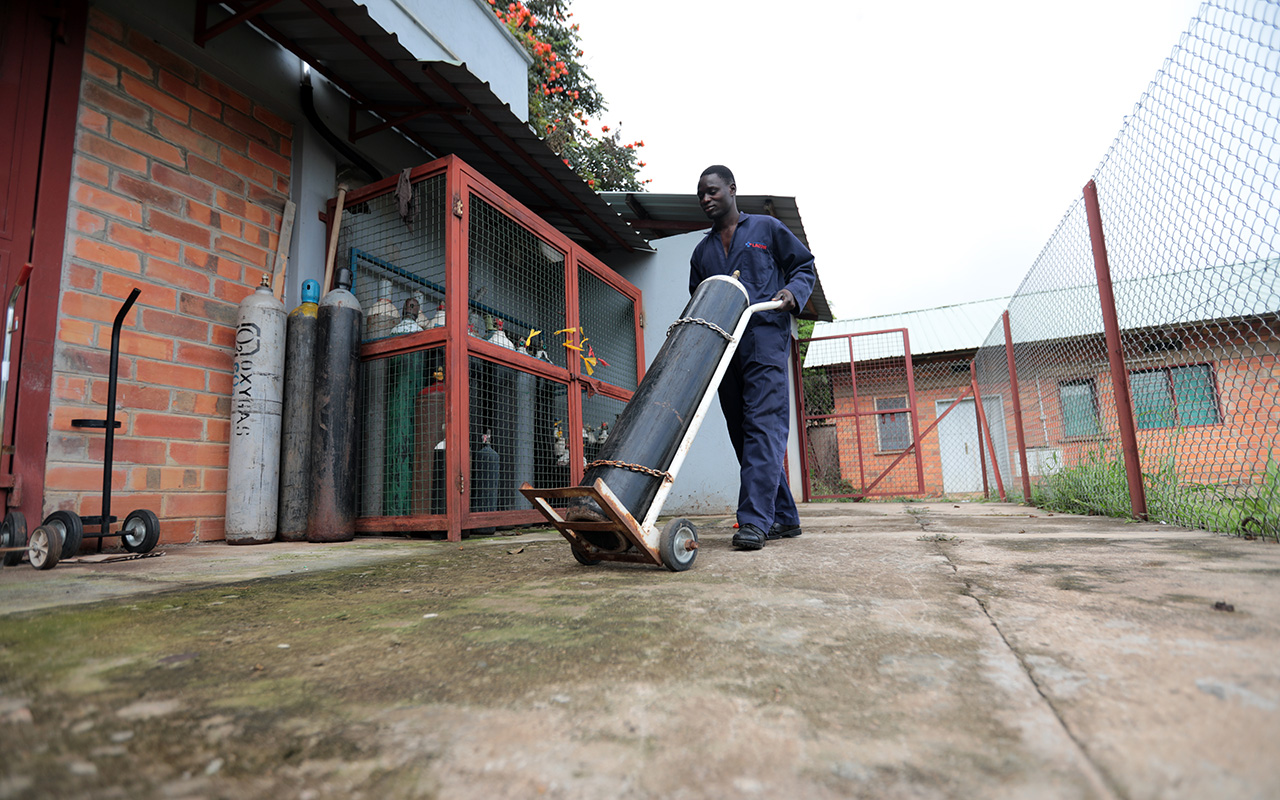 Through these meticulous efforts, the hospital has created a safety net for its patients. The oxygen plan is more than just a logistical arrangement; it’s a lifeline that brings comfort and hope to those who struggle to breathe, ensuring that they receive the care they need to recover and thrive.
Through these meticulous efforts, the hospital has created a safety net for its patients. The oxygen plan is more than just a logistical arrangement; it’s a lifeline that brings comfort and hope to those who struggle to breathe, ensuring that they receive the care they need to recover and thrive.
In the early months of 2020, as the world watched the rapid spread of the novel coronavirus, Dr. Raymond Towey’s “African Mission Covid-19 Appeal” article vividly explained the foreboding that loomed over Africa. Dr. Raymond Towey, an anesthetist who has volunteered at St Mary’s Hospital for two decades narrates how fragile the healthcare system and the limited resources would face an unprecedented crisis.
During the challenging battle against COVID-19, the use of oxygen therapy proved to be a crucial and life-saving intervention, particularly for Northern Uganda at St. Mary’s Hospital Lacor. At the peak of the pandemic, the hospital’s on-site oxygen generation plant, with the impressive capacity to produce 28,000 liters of oxygen per hour, served as a vital resource.
This capability ensured that at any given time, up to 40 COVID-19 patients received the essential oxygen therapy required to support their respiratory function and increase their chances of survival. This facility played a pivotal role in providing critical care and support during a time of great need.
While the country plunged into an oxygen crisis, our oxygen plant played a crucial role in supporting other healthcare facilities, helping to refill oxygen cylinders for nearby hospitals like Gulu Regional Referral and others. This joint effort made sure that even remote and resource-limited healthcare centers had access to life-saving oxygen therapy.
In the six years following the implementation of the oxygen plan, the hospital has witnessed significant advancements and achievements in critical departments of Emergency, Neonatal Intensive Care Unit, Intensive Care Unit, Pediatrics, Medicine, and Surgical Wards.
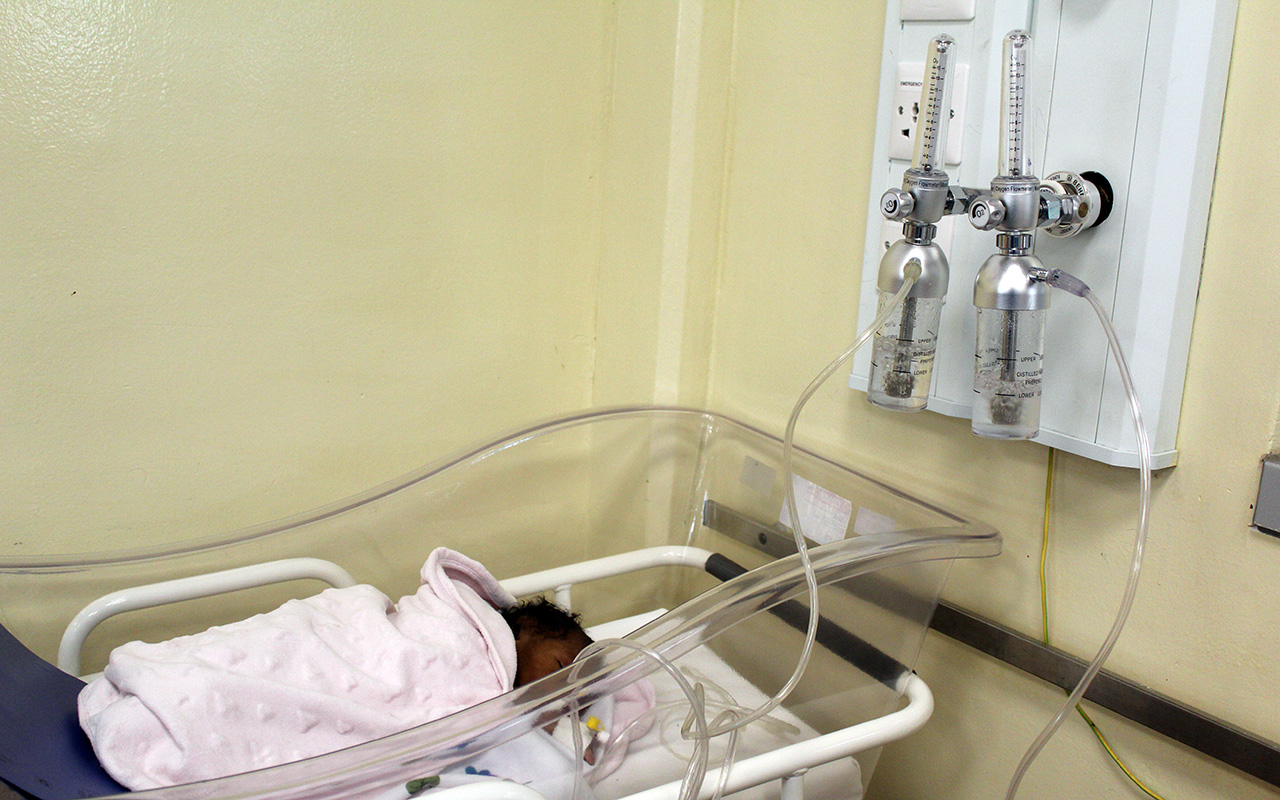 Notably, the successful management of preterm babies with very low weights at birth. The critical role of oxygen therapy in saving lives cannot be overstated. With pneumonia alone accounting for 800,000 global deaths annually, it is estimated that 20–40% of these could be prevented with oxygen therapy.
Notably, the successful management of preterm babies with very low weights at birth. The critical role of oxygen therapy in saving lives cannot be overstated. With pneumonia alone accounting for 800,000 global deaths annually, it is estimated that 20–40% of these could be prevented with oxygen therapy.
As we brace for the possibility of future respiratory pandemics, our preparedness hinges on robust oxygen supply chains, comprehensive policy frameworks, and innovative solutions like solar-powered oxygen concentrators. By investing in these areas, we not only enhance our immediate response capabilities but also build a resilient healthcare system ready to face any respiratory crisis head-on.
Together, we can ensure that no breath is left unsupported, and no life is left behind.

